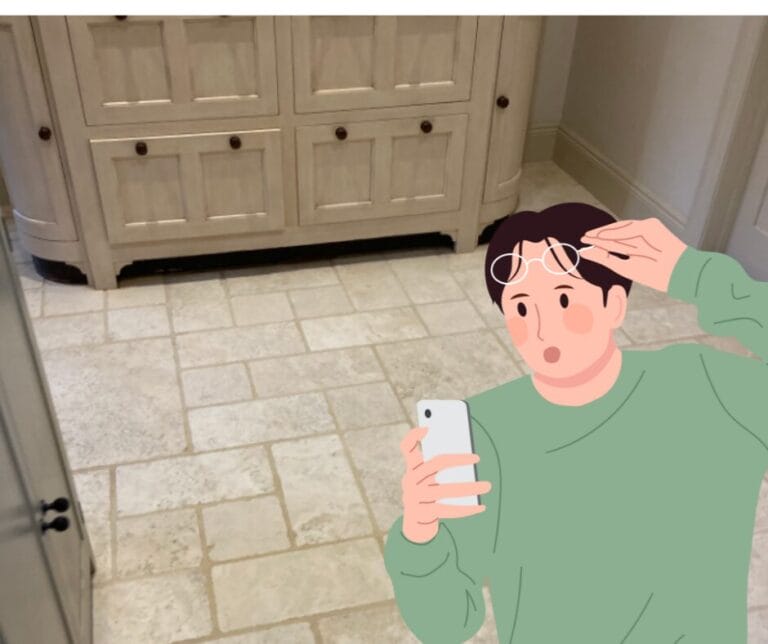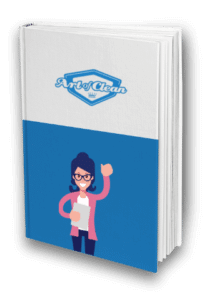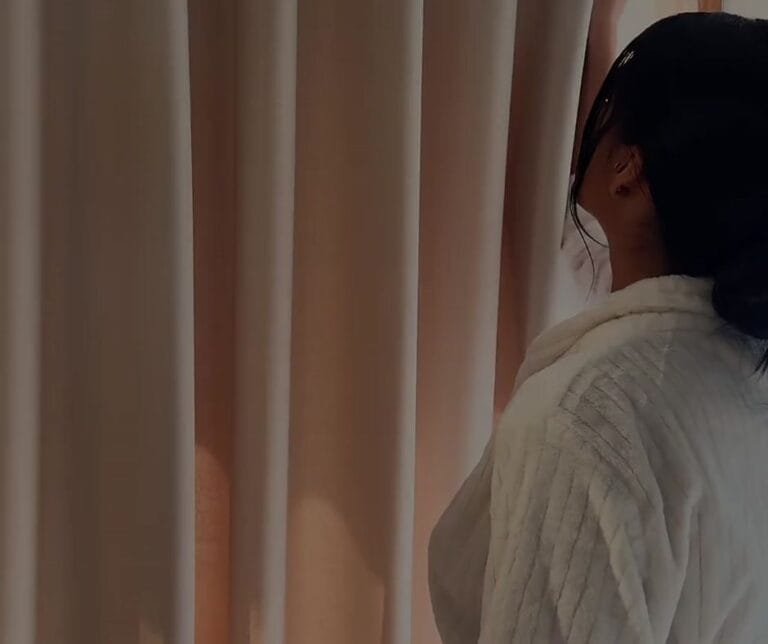Suppose you were to ask us at Art of clean if we can stain a Travertine Floor or Tile? Honestly, we don’t offer this service. This isn’t to say you cannot do this, however, we advise against staining and changing colour on stone floors.
Always wanting to answer all your questions, truthfully and as honestly as you would expect, here goes.
After many hours of researching online, I reached out with the same questions to fellowmen I look up to in this industry (and they know their stuff). I began comparing their advice to the online advice, and let me tell you, there are so many differing views to be found it can become confusing on which direction is the best to take.
While many of the people I spoke to personally haven’t ever tried this. Online, it seems many have had many great success stories.
Understanding Travertine:
It’s good to remind yourself that Travertine is naturally formed from our fantastic planet; this incredible limestone has been here long before us and will properly last long after our lifetime. Naturally the stone colour is white, you can also find Travertine in other natural colours including tan, creamy or rusty variations.
The red in the Travertine and its varying intense colours are due to iron carbonate. Looking after them, whether you want to whitewash travertine floors, dye or revive travertine tiles, looking after them will keep the natural beauty alive. I also discovered that using a wood dye on Travertine can be highly effective in my research.
While I cannot promise the following information comes from any skilled tradesman, let me provide you with two techniques I found that had excellent outcomes.
Most Travertine floors would have been sealed originally with a wax or a sealant before being installed as a flooring tile or wall tile.
You would need to remove this as your Travertine floors need a thorough clean. As natural porous stones, they are highly absorbent. Their natural pits and troughs can expose Travertine to being prone to mould, scratching, deterioration, salt damage, and discolouration. If not treated and maintained over time, the dirt can collect over the months and years, causing all sorts of nasty issues.
The consensus on removing any sealant is applying acetone with a scrubbing brush, which is more than sufficient to agitate the adhesive. Leave the acetone to dry off completely, which should only take a few minutes, before finally using a clean, soft nonabrasive cloth or microfiber cloth to wipe away the residues left on the tiles/floor.
How to prepare a travertine floor or tile? You should use masking tape to seal off any areas that you wouldn’t want the dye or stain to reach, for example, if your tiles edge up against your carpets or you have wooden skirting boards. It’s a good idea for you to mask them because the dye/stain can seep into the wood very quickly.
Now you are ready for the exciting part, dyeing or whitewashing the travertine floors or tiles.
It is good to note that once you have started this process, it’s best not to have any interruptions or pauses. Taking a break can cause inconsistencies in the dyes or stains you are applying. Another essential piece of advice I found was turning off any central heating, fans or vents that may blow cold or hot air onto the area where you will be working.
How to make the whitewash solution? This is very easy. It’s a simple 1:1 ratio of white paint and water. You may use a sponge or a brush to apply this mixture. Whatever your preferred choice is, the key is to move slowly over the flooring or tiles, so you have even coat used at the end. Once you’ve allowed your Travertine to dry naturally, the final step is for you to add a sealant over the whitewash to seal in all your hard work and protect from the everyday hustle and bustle of your home floors combats with daily.
How to apply a stain or dye to your Travertine? Firstly, you would need to transfer the colour into a larger bucket, twice the size of the original tin you purchased the stain in. Using a large stick, stir the liquid. You will find working from a corner moving towards the door is the best way to apply the stain. Believe me; there is nothing worse than getting to the corner with no exit, finding you are completely stuck!
Yes, many have!! Apply using a paintbrush (Remember to have no stops once you’ve begun). Allow drying naturally overnight. If the dye isn’t as dark as you may have hoped, apply another coat and allow it to dry. Continue this process until you are happy with your results. Finally, apply the final layer of the sealant.
The advice above is set out as a guide only and we take no responsibility.
Here are the tips from our expert:
If you’re considering staining or whitewashing your Travertine floors, there are a few key points to keep in mind to ensure a successful outcome.
1. Preparation is Key
Before staining, it’s crucial to remove any old finishes and get the floor back to a honed finish. Using a diamond-encrusted pad, such as a 400 or 800 grit under a slow-speed rotary machine, will help achieve a smooth, clean surface. This step is important to open up the pores of the stone, allowing for better absorption of the stain.
2. Filling Holes in Travertine
Travertine naturally contains holes that you can accentuate when staining or whitewashing. These holes can fill with the colouring solution, leaving unwanted spots. If you want to avoid this, filling these holes with an appropriate grout before applying any colour is better. Be cautious if using epoxy grout; clean it up thoroughly before it dries, as it becomes nearly impossible to remove once set.
3. Applying Stains or Whitewash
When staining or whitewashing, test the solution on a loose tile first to ensure the desired outcome. It’s better to apply several thin coats of stain or whitewash rather than a single thick coat. Let each layer to dry before you apply more. This method helps control the final appearance and reduces the risk of uneven colouration.
4. Seal Your Work
After staining or whitewashing, sealing the floor is crucial to protect the finish and enhance the longevity of your work. A topical sealer that sits on the surface of the floor is often recommended for sealing stained Travertine, as it helps to lock in the colour and protect the stone from wear.
5. Final Thoughts
Remember that Travertine is a natural stone with varying degrees of hardness and density, so results may vary. Testing and preparation are essential steps to achieving a satisfactory finish. By filling holes, applying colour carefully, and sealing your work, you can refresh your Travertine floors and achieve a beautiful, long-lasting finish.
If you’re unsure about the process, consult with a professional experienced in natural stone care to avoid costly mistakes.
For products that might help in this process, check out:
This blog was written by Emma Thompson

And edited by Tracey Gilbey






